Setting out on a walk through the streets of Portland with Joshua Dixon, you brace for curious stares from onlookers. This is an 18-year-old whose face was torn off by a pair of pit bulls 10 years ago in his hometown of Chicago. He’s had 59 surgeries since, and the result feels like a miracle to him. He has a nose, he has lips, even the eye he nearly lost, protected by a patch. He has skin. But the world has varying standards of what miracles look like.
Tall, lanky and almost always carrying a camera – he’s a freshman at Maine College of Art – Dixon stops frequently, kneeling or squatting to get a better angle as he photographs a building on the docks, a fallen apple on the Eastern Prom or a flowering plant boxed into a corner of one of the West End’s brick sidewalks. Curiosity flows out of him so steadily that it becomes a force of its own; you stop noticing how others notice Dixon because it is less notable than how he is soaking up his new home. He is the rare explorer who feels safe in a new land.
“Maine is like a sanctuary,” Dixon says. “That is what it seems like to me.”
CATASTROPHE ON A COLD DAY
When he was 8, he came from school on a December day and let himself into his house on Chicago’s South Side. The family dog, Shoop, a female pit bull who slept in his bed at night, was there, as well as a dog that wasn’t theirs, Bam-Bam, a boxer-pit bull mix that his father planned to breed. Bam-Bam was a retired fighting dog, and he made Joshua and his older brother nervous. “We always knew it wasn’t a nice dog,” Dixon says.
Bam-Bam escaped out the door into the backyard; the little boy reached out for him and caught his tail. The dog turned on him, the child slipped on the ice, and both dogs fell upon him. His parents were already looking for him, out front and at the neighbors’ house. His father found him minutes later, face down in a snowbank, his face all but gone. The damage was “catastrophic” – “all I had basically was part of my right eyelid and bits of my lips” – but Dixon was still talking.
“He was saying, ‘Daddy, why can’t I see?’ ” his mother, Kimberly Rounds, remembers. He was blinded by his own blood. The dogs had torn away even muscle, his left eye had been rendered nearly useless, able to process light but little else. His father shielded the little boy’s face; his mother didn’t see the extent of the damage until paramedics arrived. But she held fast to the fact that Joshua was able to say his name, give his birth date and explain what had happened in those brief minutes – just two, she says. “My baby is alive,” she remembers thinking. “He is talking.”
She focused on that. There had been strokes of luck on a terribly unlucky day. It was snowing, and cold. Because of the cold, he was wearing a leather jacket and two pairs of pants.
“If it was a little bit warmer that day, I would have bled out and died.”
“My brain was still working,” Dixon adds. “And I still had my spirit with me.”
YOU ARE BEAUTIFUL
That spirit never left him, although it suffered as much as his body.
“There is a lot of ignorance in the world,” he says. He was walking along the Eastern Promenade on a late September day. “I used to have a really weak mental state.”
The family began to unravel not long after the accident. His parents continued to live together until he was a freshman in high school, but instead of feeling like family, “it was like we were all neighbors and we didn’t like each other,” he says.
“It was mainly him and me,” Rounds remembers. Joshua’s brother is seven years older than him, and Rounds had lost an infant daughter two years before Joshua was born. Joshua was her baby. She was going to see him through this. She was the one who threw the baseball for Joshua. She brought him to a psychiatrist. She took him everywhere with her.
“So he would get used to people staring at him,” she said.
It might hurt, she told him, but still he should say hello. “And then you keep walking. That keeps you in a positive attitude,” she told him.
He was home-schooled until high school, but there were always taunts. People on the street called him “Scarface” and asked him if he’d been in a gunfight. “One lady told her son that I had Ebola,” Dixon says. He’d pull up his headphones, turn on his music and hide. “You can just shut everything out.”
Once someone spit on him. “It was like, spit from head to toe. I had to go home and take a shower.”
He shakes his head, in wonder at the force of an inexplicable hostility. “I never seen that much spit in my life.”
Rounds was his closest protector, and crucial to his source of strength. “It was always us two,” he says. “I feed off her, she feeds off of me.”
These are the things she’d tell her little boy every day, Rounds says:
You are handsome.
You are a beautiful spirit.
You have got angels all around you.
ART AS THERAPY

A self-portrait by Joshua Dixon.
His family had run a carpentry and repair business, fixing up lawnmowers, weed whackers, anything that could be salvaged and sold. Inspired by her work caring for her son, Rounds became certified as a home health care worker, and alternates between that, driving for Uber and, since she took out a $26,000 student loan to cover initial college expenses, Lyft as well. She does not want her son to graduate deep in debt.
His medical bills would have been staggering – at one point he caught a glimpse of a bill for $13 million, he says – if it weren’t for a deal worked out with his longtime surgeon, Dr. Lawrence Gottlieb, director of the Burn and Complex Trauma Center at the University of Chicago’s Comer Children’s Hospital. His surgeries have been pro bono, and in exchange Gottlieb uses Dixon’s staggeringly complex case for research and education.
At the hospital, nurses gave the little boy crayons and paint. Therapists came to his room and began working on strengthening that spirit through art. His mother gave him point-and-shoot cameras, the disposable kind. “I used to take a lot of weird photos,” Dixon says. It was something to distract him. “But I didn’t like looking at the photos afterward. It made me angry.”
“It was hard knowing that there is a physical copy of those hard times,” he explains.
Dixon took a break from photography, but in high school he began to explore digital media. Jacob Mitchell, his teacher at Brooks Prep, a selective enrollment public school, introduced him to Photoshop. Dixon enrolled in an advanced arts program that met in the afternoons in another part of the city, and he and Mitchell sometimes took the train to classes together. They’d known each other two years before Dixon told Mitchell what had happened to him. The teacher already observed how Dixon moved through the world, taking care to open doors for people, to be approachable – “He is probably one of the warmest, friendliest people you will ever meet” – and now he saw how it had shaped Dixon.
“It changed him irrevocably,” Mitchell said. “It is part of how he is, and he wouldn’t be the same without it. I think that informs all his artwork. It is what drives him to art, to express himself to show that there is more than this exterior.”

An example of Joshua Dixon’s artwork.
He said Dixon worried about whether his work fit within the proper parameters of realism; given his vision problems, his work might not be what a fully sighted artist would create. Dixon’s right eye does the vast majority of the work, and his perspective can be off. “I can’t fully see straight lines,” he explains. “They all look curved. I have to look at the line from more than three angles to understand that it is a straight line.” Playing basketball got to be too hard. Getting the ball in the hoop requires mathematical calculations: distance, height, placement, force. Drawing a straight line when he can’t see a straight line? That’s a challenge. “I’m going to give it more than my all,” Dixon says.
That right eye is exhausted by the end of the day, he says, and then, “I begin to process visual information slower.”
Mitchell told him to embrace those limitations; it meant people could see things from his perspective. Mitchell also introduced Dixon to his next mentor, Abdullah Quick, a Chicago animator and graphic designer who had also been one of Mitchell’s students. Dixon fell hard for Quick’s style of digital art, and with a laptop that Quick helped him turn into a “beast” decked out with software and memory, he began to create digital art. Then Quick urged him to stop using Google images as the base of his art. “He is like, ‘You got to take your own.’ Dixon saved up and bought a Sony Nex-7. He began working in black-and-white, learning about contrasts and values. The camera is proving vital in his studies at MECA, which include 2D design, a “really strict class” but one that “really helps you with composition and structure,” and digital illustration.
Kate Greene, a visiting professor who is teaching his Introduction to Black and White Photography class, described Dixon’s work as having “a quiet maturity.”
“His compositions are very considered and well seen,” Greene said. “They are not frenetic or chaotic. There is a quietness, or a serenity, to the way that he describes the world around him that I think is really strong.”
CHOOSING MECA
Dixon found MECA via an Internet search, and though Maine was far from Chicago and a place he knew little about, he put it on his list, far down though. As he learned more, and as he paid visits to prospective schools, MECA moved steadily higher (even though he visited during one of the blizzards of February). He liked the idea of smaller class sizes and the availability of studio space.
He also found the school to be understanding of two key requirements he had. The first was that his college be flexible if he needed to take off for Chicago to visit Gottlieb at Comer Children’s Hospital. After 59 surgeries, Dixon knows there is always potential for another one to be needed, even if it’s a relatively simple tweak. He’s fought hard for his face – his nose in particular. (By the time they came to that part of his facial reconstruction, they’d grown so close to Gottlieb that he joked to them, Rounds said, that he wasn’t sure whether he should give Dixon a black nose or a Jewish nose – ” ‘Because you are my son,’ ” Rounds said Gottlieb told them.) “If something happens to my nose, I am not stopping for anybody,” Dixon said. “I am going to go back home and see what is going on. ‘Cause my nose is like everything to me. I have been through so much with my nose.”
MECA seemed to get that this was about contingencies, the ones a student like Dixon needs to consider.
“They were like, ‘Is this going to happen a lot?’ and I was like, ‘No,’ and they said, ‘Are you saying this just in case this happens?’ ”
The other big question he had was about housing. He needed a single, even as a freshman. The typical college student might brush his teeth and drop into bed. Dixon has a routine to go through. He changes the patch on his left eye. He cleans his ears, which are prosthetics (modeled after his mother’s ears). He puts stents in his nose. “To make sure I don’t suffocate, because I have like, a nice decent chance of something happening in the night if I don’t put them in.”
Observing all this could be hard on another freshman, or really anyone at all, he says.
“With a person who is not used to it, that would be hard and stressful. I’ve seen how that happens.”
His best friend from home is nearly as used to it as anyone in Dixon’s family “and it still stresses him out.”
MECA offered him that single dorm room, what administrators describe as a generous scholarship, and the chance to study both digital media and photography. Rounds had hoped he’d stay in Chicago, but the opportunity was too good to pass up and both of them knew it. “I saw in Maine how free he was,” Rounds said. “And it made me humble.”
RESEARCH, DEVELOPMENT
Dixon is a natural born researcher. He can cite statistics of dog attacks on humans in America from 2009. Walking through the West End on another autumn day, he speaks of the architectural history of the neighborhood. He’s looked up individual homes and marveled at how many generations of single families they have passed through. “Some of the houses are based off of 1750 London suburban-area architectural style,” he says.
He also researched Maine before he made his final decision about which college to attend. He saw that the population was aging. And white. “I thought, that’s not a bad thing,” he says. “Racism is a thing, but if it happens, it happens.” During that February visit, he was struck by the difference between Portland and his hometown. In Chicago he rarely felt safe. Maybe in the garden where he and his mother grew eggplants, bell peppers, cherry tomatoes and flowers. But not on the streets. “You see prostitution, rapes, violence, fights, stabbing, all kind of things. Police brutality.”
Once, riding a city bus, he witnessed a fight between two men that ended with one shooting the other in the head. Nobody would have dared to intervene, he said. “You just sit there and try to act like you don’t see anything.”
In contrast, in Portland, “everybody was so nice.” Here “you go through a store and people help you out. It’s like, whoa, where that come from?”
Once, on a pre-dawn ramble to find a good spot to shoot the sunrise from, he climbed to the top of a parking garage near MECA and got locked in, accidentally. When the garage attendant let him out, he did not chasten him or accuse him of anything. Except practicing art: “He was like, ‘You’re from MECA, aren’t you?’ ” Dixon says. “He just sighed.”
SOLACE ON THE STREETS
As he roams Portland, enjoying the freedom of not feeling threatened, Dixon has been making friends in unexpected places.
“I have a weird aroma,” he says. “I feel like people really want to talk to me.”
Greene, his teacher, has observed this around MECA.
“He has a brightness about him,” she said. “One of his classmates told me that she went out and shot with him and it was such a different experience than when she was alone, because people would just start talking to him. He is one of those people that has a magnetic personality.”
But like his photography, she said, quietly mature. “It is almost like he is an extroverted introvert in a way.”
Dixon says homeless people in particular seem to want to talk to him. He says they say things like, “If you’re busy, just keep walking, but I am kind of lonely today. Do you mind sitting down and I can tell you a story really quick?”
He’s listened to stories from chronic alcoholics and people who feel utterly alone in the world. He’s been known to dispense wisdoms gleaned from old episodes of “SpongeBob SquarePants” (“You’ve got to live life like Larry, live to the fullest and don’t look back,” he told one homeless man who said he was dying). What is it about him that makes them feel like opening up?
“Some people just feel happy around me,” he says. “They get inspired and motivated.”
He’s motivated to listen because he understands their anger, their broken spirits, and what it means to be shunned. And because he recognizes the gifts he’s received along with the hardships. “I am kind of privileged and he’s not. If anything happens to me, I can go to my mom and she can help.”
He can also walk off his pain and stress. Dixon’s case was well known in Chicago, and in August, just as he had left for the 21-hour drive to Maine, the Chicago Tribune published a story about his life. Dixon heard from many people who were deeply moved by the story. But he also heard from some people from his past, telling him they felt comforted in their own stories of pain because of his. Some of these messages even came from people who had been cruel to him in the past, like former schoolmates. That seemed disingenuous.
“It felt like, after all you put me through, you shouldn’t change because you read my story,” he says. “You knew my story then, and you still treated me like crud.”
Reading their messages, he broke down. He cried. Then he left his dorm room and started walking. He walked all the way to the Eastern Prom, then onto Route 1, and into Falmouth. Finally he turned back, returning to his dorm to fall into bed, too tired even to think anymore, having found catharsis with his feet.
DOGS AND ME
In the West End, a woman and her two dogs walk down the sidewalk toward Dixon. He’s just been crouching over a potential subject for his nature photography series, a flowering bush he seems taken with. One of the dogs appears to be a pit bull mix. Dixon rises, moves the camera to his side. The dogs press toward him. It is impossible not to feel tense, standing next to him.
“I like your dogs,” he tells her. She thanks him, moves the dogs along.
There was a point in his young life when he would walk around the block to avoid a dog, he says. Or he would freeze, like a statue.
“If there was nobody there with me, I would be stuck there, in like a trance for 15 minutes. I am just frozen. I was really petrified.”
Pit bulls were the worst. He can “sniff out” the breed, he says, and the West End dog was at least part pit. “Me and dogs, we don’t get along. But I don’t mind complimenting someone on their dog. I don’t mind saying a dog looks cute or that a dog looks really cool. I do like Alaskan huskies. I just don’t ever want a dog.”
He spoke to the dog owner in part to offset her reaction to him. He knows his fear shows on his face. It will likely always be there, but he aims to defuse the situation. “Because everywhere I go, there will be a dog.”
When he first got to MECA, one of the teachers brought a group of students to the Western Promenade for a ceremony. They were told to write down something that they weren’t proud of and then throw the paper in a fire they’d built, cleansing themselves.
Dixon wrote about hating dogs. He feels, even with what happened, that somehow it is wrong.
“I shouldn’t have hate for something that God created,” he said. “I hope that I can replace that hate with love eventually.”
Send questions/comments to the editors.


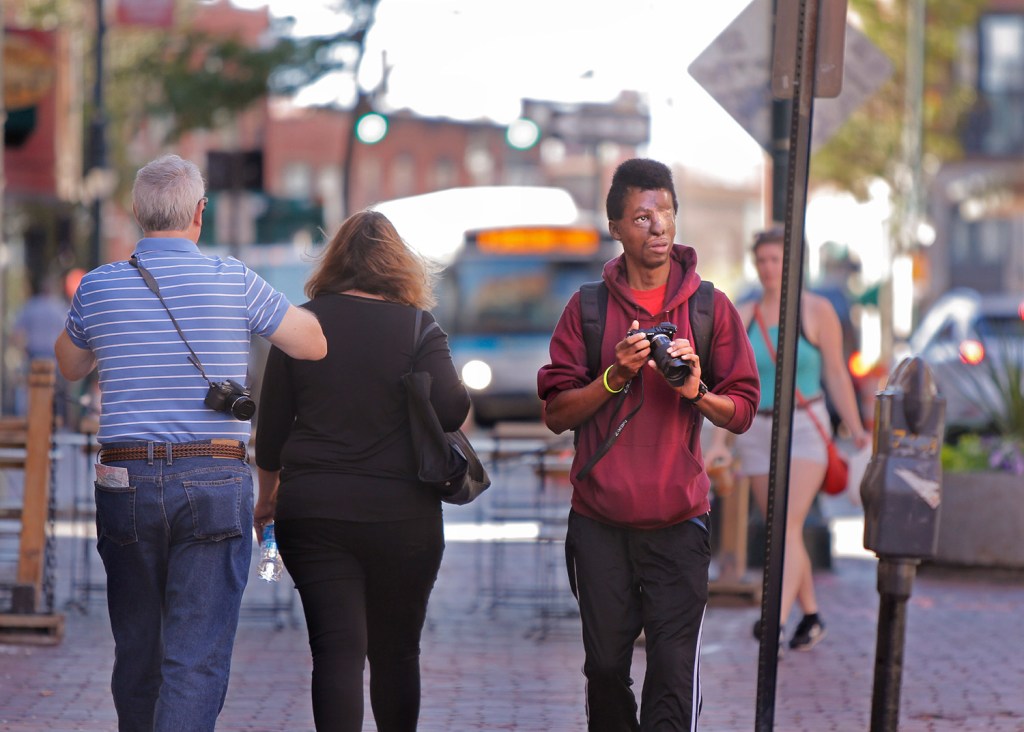
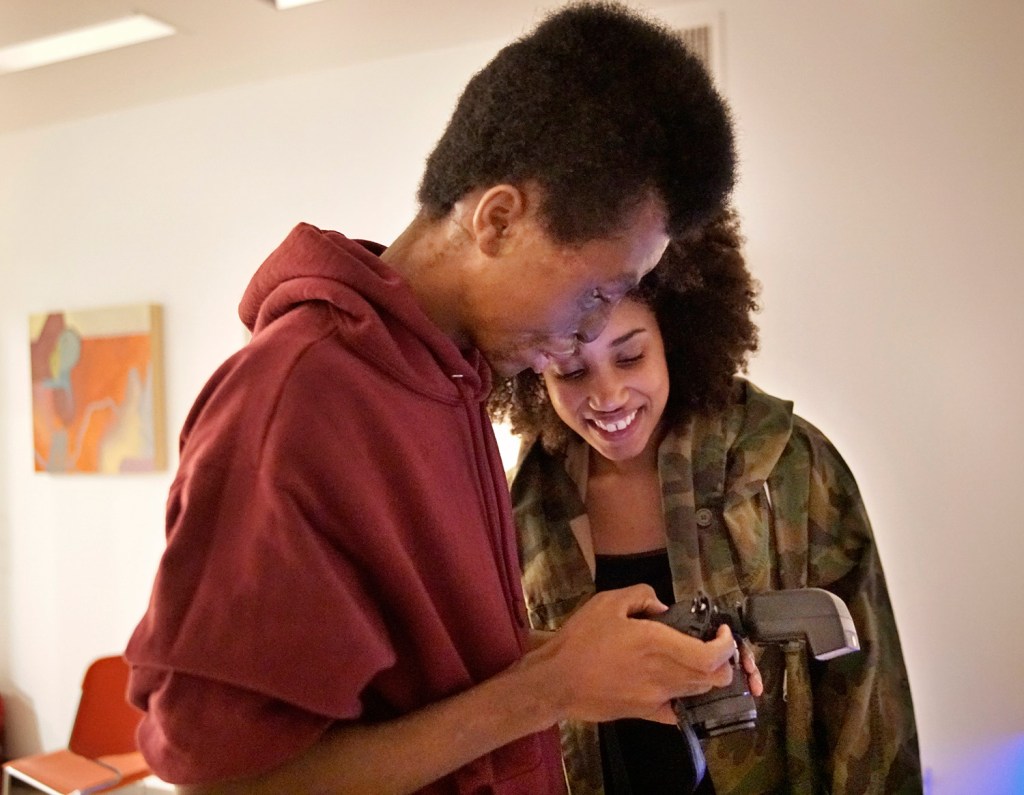
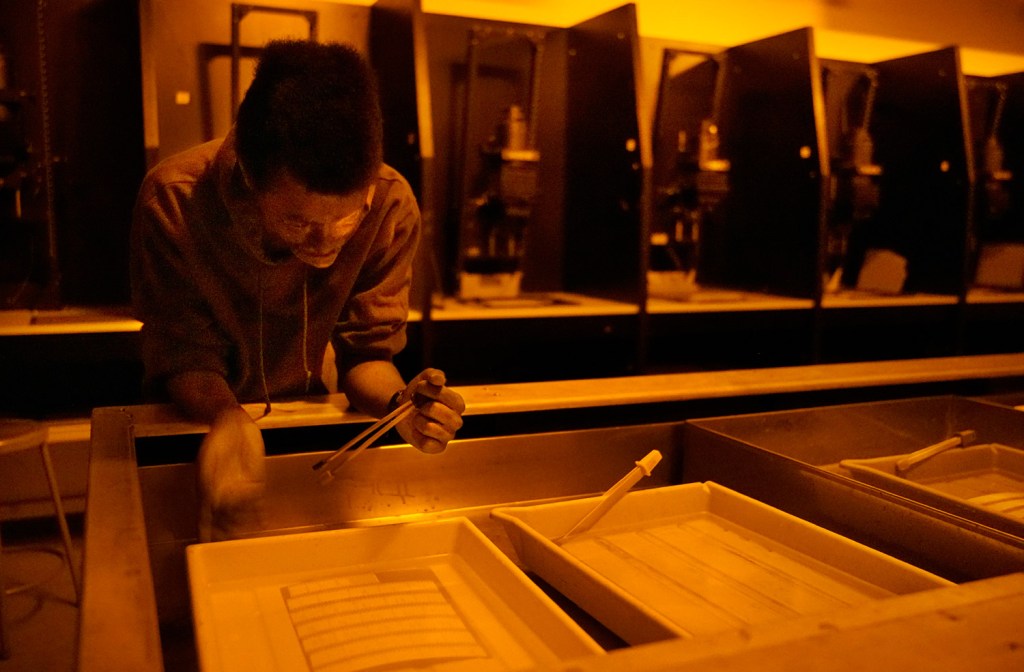

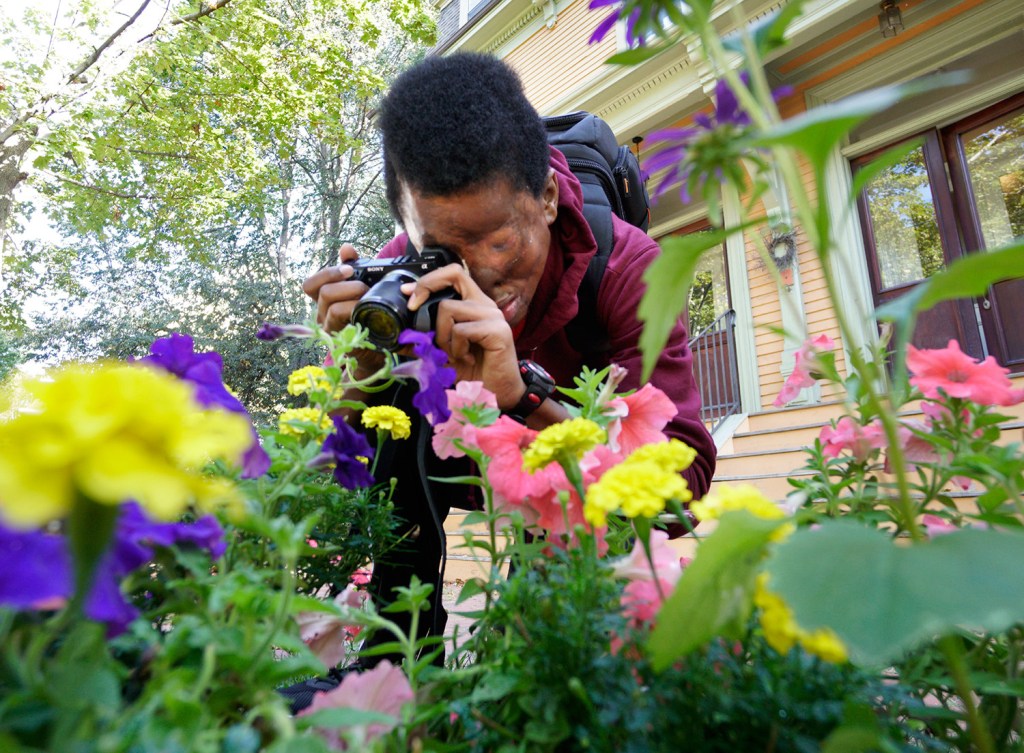
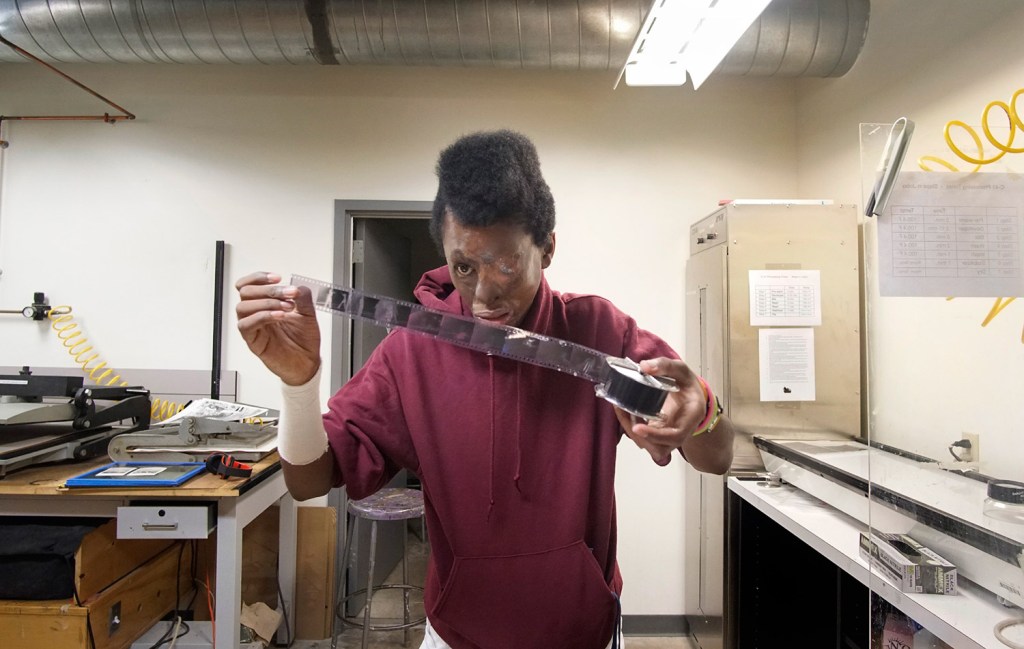
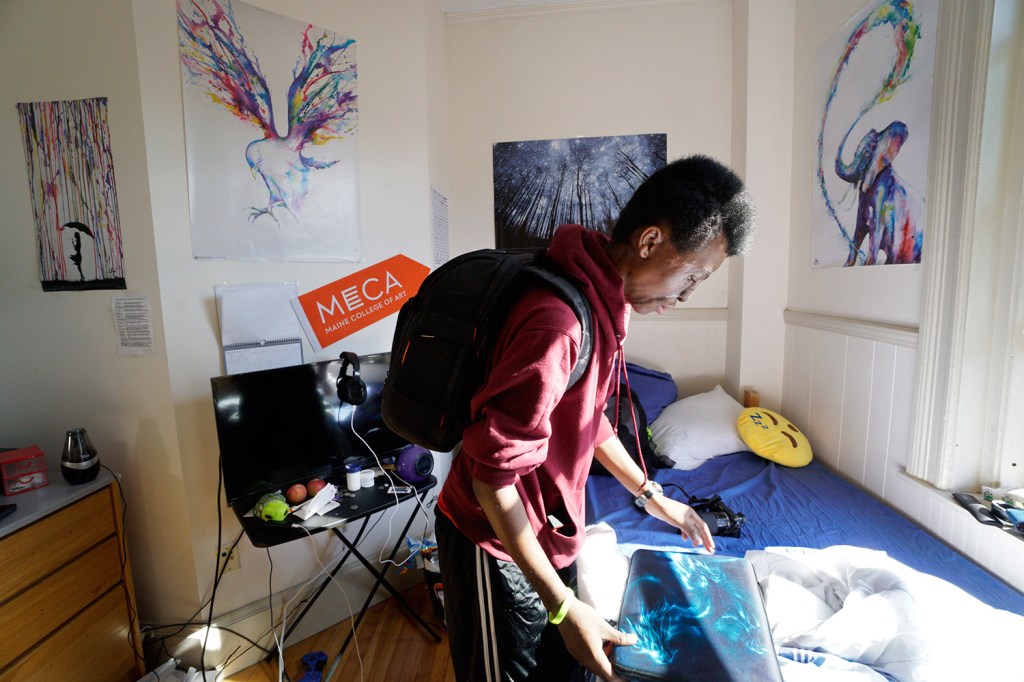
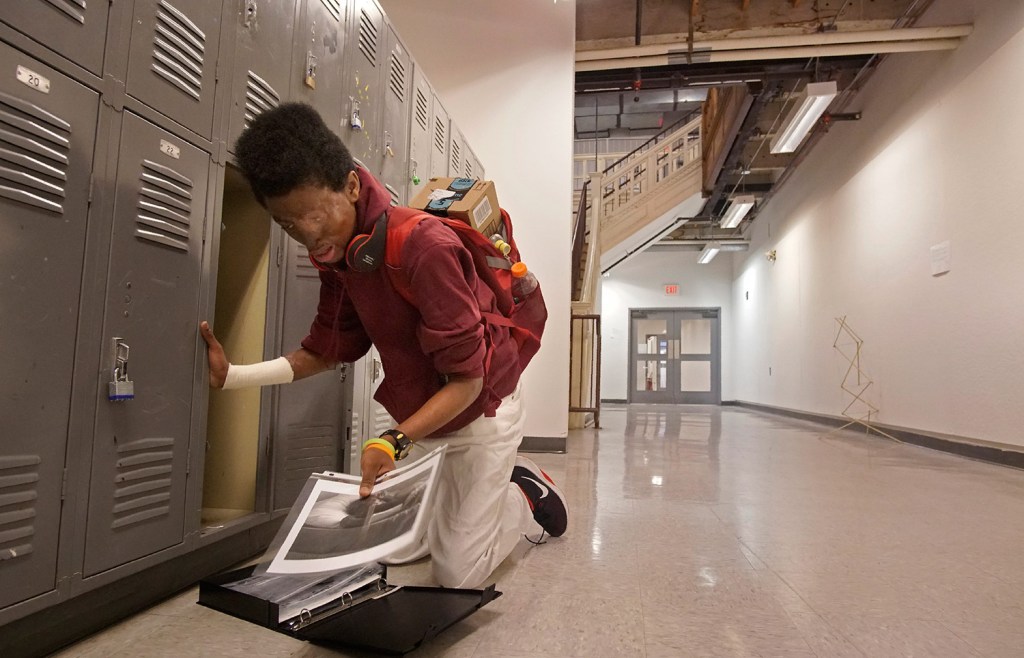

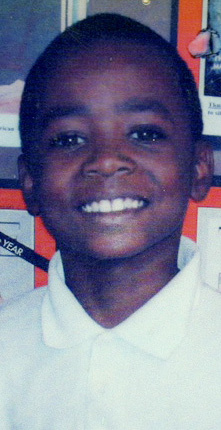

Comments are no longer available on this story